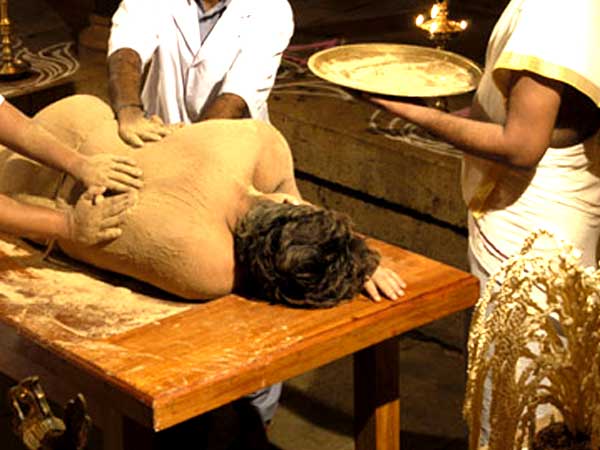Ashtang Ayurveda deals with the eight branches of Ayurvedic specialization. The article provides introductory information on the eight branches of Ayurvedic science.
Ayurveda, a Sanskrit word comprises of two words, ayus, meaning 'life' and veda, meaning 'science', thus ayurveda in literal sense means the 'science of life'. It is a system of traditional medicine with its origin in the Indian subcontinent. It has been a popular and influential system of medicine in entire South Asia. The earliest literature of this traditional medicine system is said to have appeared during the Vedic period in India. The most influential of these Ayurveda literatures has been the Sushruta Samhita and the Charaka Samhita. Ayurveda is said to be a fully developed medicinal art with a number of unique and exclusive medicinal therapies and surgical procedures for the treatment of various ailments and diseases.
Eight Branches Of Ayurveda
Ayurveda, being a vast science is divided into eight branches, which are collectively called as Ashtang Ayurveda. Like any other modern medicinal therapies, Ayurveda believes in specialized treatment for different body parts. Thus, the medicinal art have been categorized under branches that deal with psychiatry, internal medicine, treatment of eyes, ears, nose, throat and head, toxicology and gerentorology separately. Ayurveda is the first ever medicine system to categorize pediatrics, aphrodisiacs and surgery as the branches of any medicinal science.
List Of The Eight Branches
Agada TantraAyurveda is oldest medical science known to mankind and mainly aims at healthy living and long life unlike other medical science which simply focus on the treatment of ailments and diseases. According to Ayurvedic science, there should be proper balance between the inner constituent elements of the body for a healthy existence.
Kaumara BhrityaAyurveda is a very elaborate and vast medicinal science. It deals with several kinds of complex ailments and surgeries. The science of Ayurveda is divided into eight different categories in order to clearly demarcate the treatment of one ailment from another. That is why the science of Ayurveda is often referred as Astang Ayurveda i.e. the life science with eight branches.
Graha ChikitsaAyurveda is an ancient medicinal science. It originated in the Indian subcontinent about 5000 years ago and is considered to be one of the most advance medical therapies existing in the world till now. In contemporary times, it has also gained popularity in the western world and is considered to be a form of complementary and alternative medicine (CAM).
Rasayana ChikitsaRasayana Chikitsa is the branch of Ayurvedic science, which deals with various aspects of preventive health care. This branch of Ashtang Ayurveda aims at achieving a long and healthy life. It includes longevity, improved memory, health, youthfulness, glow, complexion, generosity, strength of body and senses.
KayachikitsaAyurveda is the holistic approach, which is mainly concerned with the treatment of the body. In the process, the person undergoes a change in the lifestyle, which includes change in food, clothing and sometimes even residence. Ayam and vyayam, yogasadhana and gati are some of the vital components that are included in an ayurvedic treatment.
Shalakya TantraOne out of the eight branches of Ayurveda, Shalakya Tantra deals with the etiology, diagnosis, prognosis, prevention and treatment of diseases that are located above the neck region such as the head, ear, nose, eye and throat. It is responsible for all types of problems in and around the head.
Shalya ChikitsaIn the ancient India, surgery was principally pioneered by Ayurveda. Shalya Chikitsa is a significant branch of Ayurvedic science. The name of the sage-physician, Susruta, is synonymous with surgery. From his treatise Susruta Samhita, we have become aware of the thousand of years ago sophisticated methods of surgery that were practiced in India.
Vrishya ChikitsaVrishya Chtikitsa is a branch of Ayurveda that explains the art of producing healthy progeny for the creation of a better society. It deals with various diseases like infertility and conditions relating to weak shukra dhatu or the vital reproductive fluids of the body. Vrishya Chtikitsa is also known as Vajikarana, which means the medicine or therapy by which a man becomes capable of copulating with a woman.



